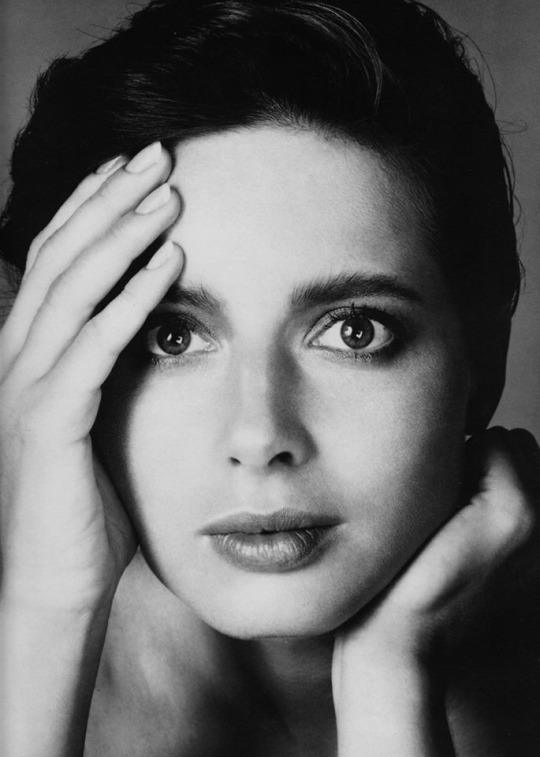Chickens and Evolution Come to the New York Public Library
Isabella Rossellini by Richard Avedon, 1982.
April 6, 2018
What came first — the chicken or the egg? This question has puzzled philosophers for years, but now it seems that we need to modify our question: what came first — the human or the egg?
On April 3, the New York Public Library hosted an event, titled “Chicken & Eggs.” Hosts Isabella Rossellini and Menno Schilthuizen discussed the idea of human-induced evolution among different animals, including chickens.
Rossellini, who is better known to some as the daughter of Ingrid Bergman and stars in “Blue Velvet” and “Death Becomes Her,” is currently the proud owner of over 100 chickens. While raising these chickens, she noticed differences in their breeds, traits and behaviors and catalogued these observations in her book “My Chickens and I.” Schilthuizen, a Dutch evolutionary biologist, studies the ways in which animals adapt to urban environments in his book “Darwin Comes to Town.” So naturally, these two came together to discuss the fowl species.
Rossellini pulled out a carton of eggs to show the audience the variety of egg sizes and colors her chickens had produced. She explained how different breeds produce different eggs. However, these variances are not always natural. Rossellini exposed the invasive effect that humans have on chickens’ reproduction processes. Humans selectively mate chicken breeds to reproduce a certain hybrid chicken breed. These new breeds are known as “broilers,” which will then be plumped and killed for food. Broilers rarely live past four weeks.
Schilthuizen brought up another instance of when humans, or human-made environments, changed the evolution of a species. He talked about how peppered moths came to be “peppered.” The moths originally had white wings but evolved to have darker wings to blend into the soot-covered trees during the Industrial Revolution. The two moderators went back and forth, trading similar and fascinating stories.
Visual aids supplemented the talk, treating the audience to pictures and home videos of the chickens on Rossellini’s farm. One video was a duck version of a sex education film, talking about how female ducks have evolved their genitalia for more selective mating. Rossellini narrated the video with perfect comedic timing to keep the audience engaged in sex education — a video topic that people don’t even want to see the human version of circa middle school. In fact, throughout the night, both she and Schilthuizen talked at ease on stage, trading jokes and funny anecdotes the audience engaged.
Those who came for tips on chicken raising might have been disappointed. The true purpose of this event was to explore how we as humans coexist with the organisms around us and how we ourselves may be inducing the evolution of all species on earth. While Rossellini sometimes steamrolled the conversation, overall it was an excellent event with two very knowledgeable speakers. At any rate, the event was better than your typical biology class.
Email Lily Dolin at [email protected].
























































































































































